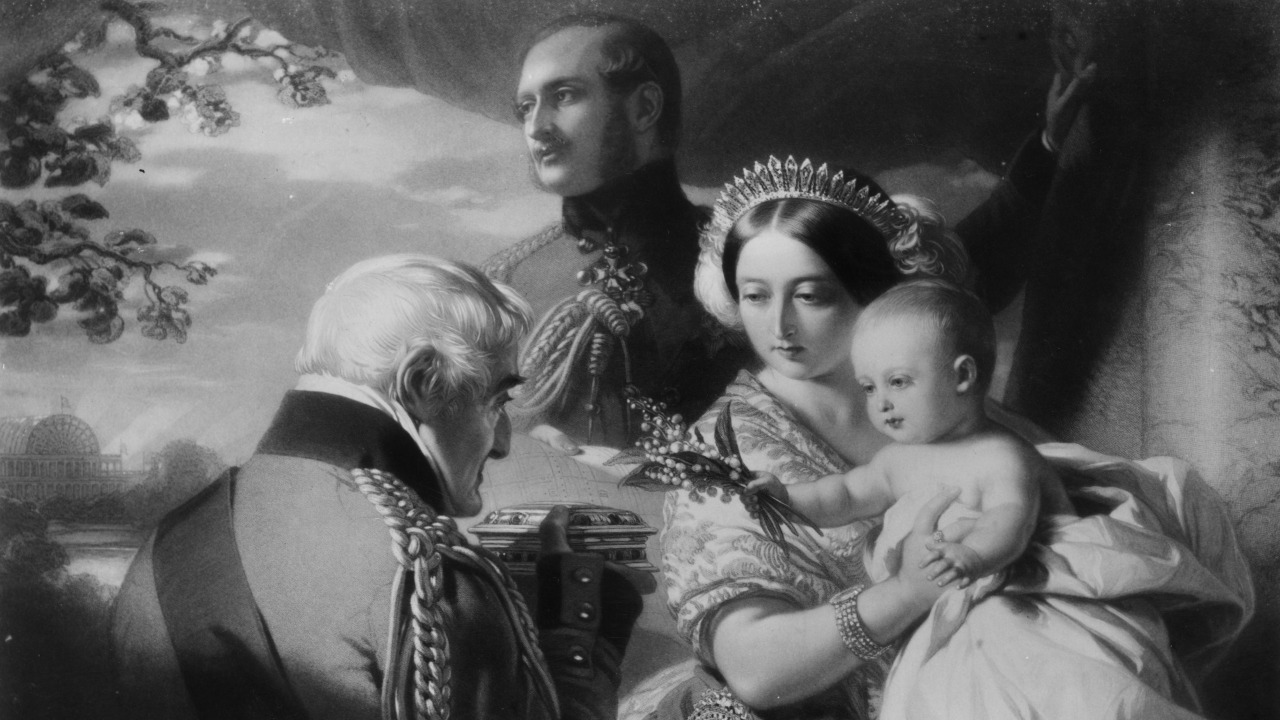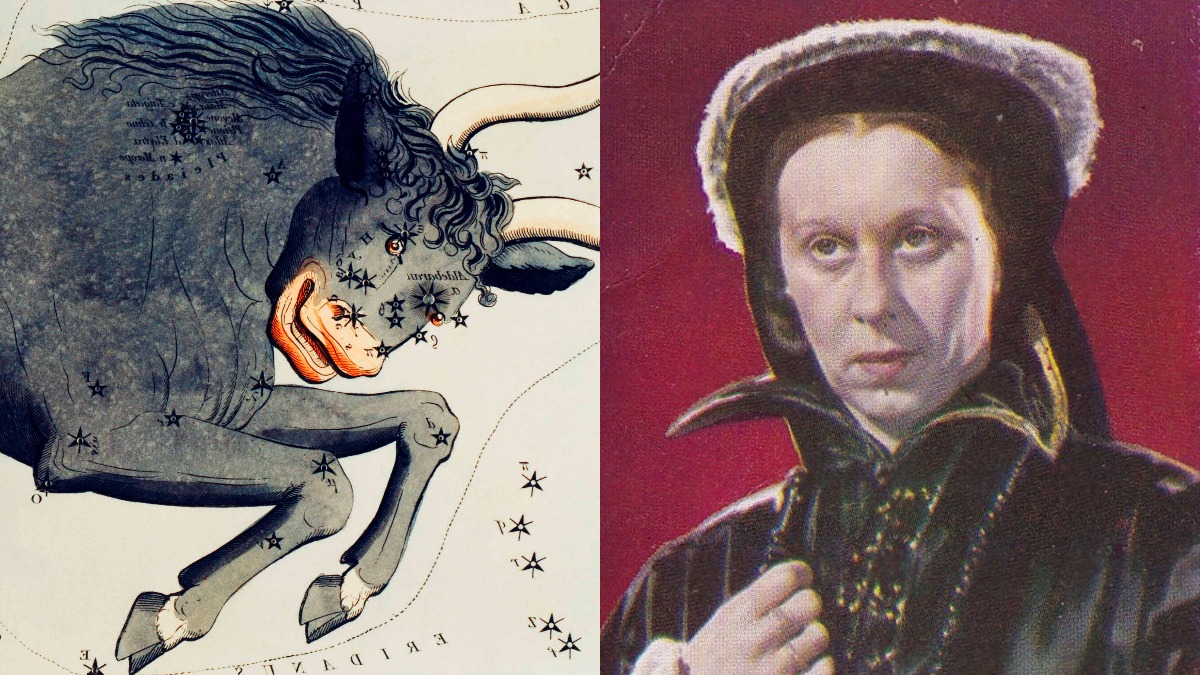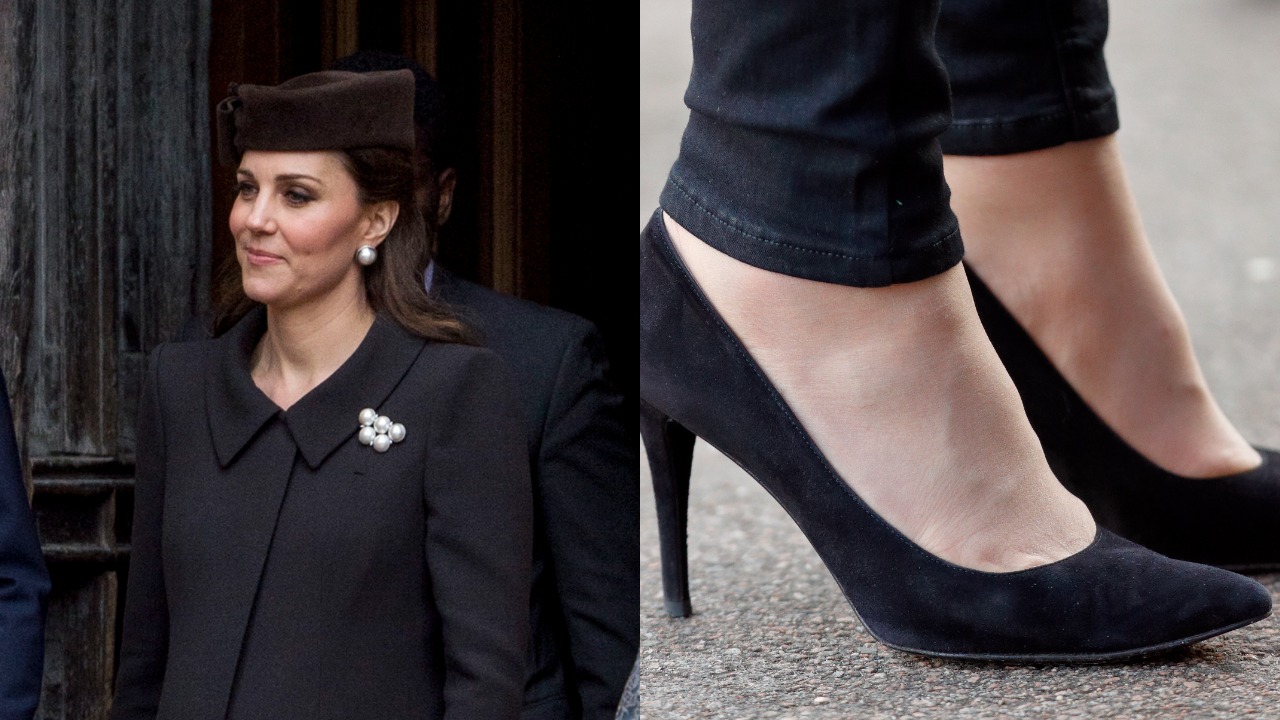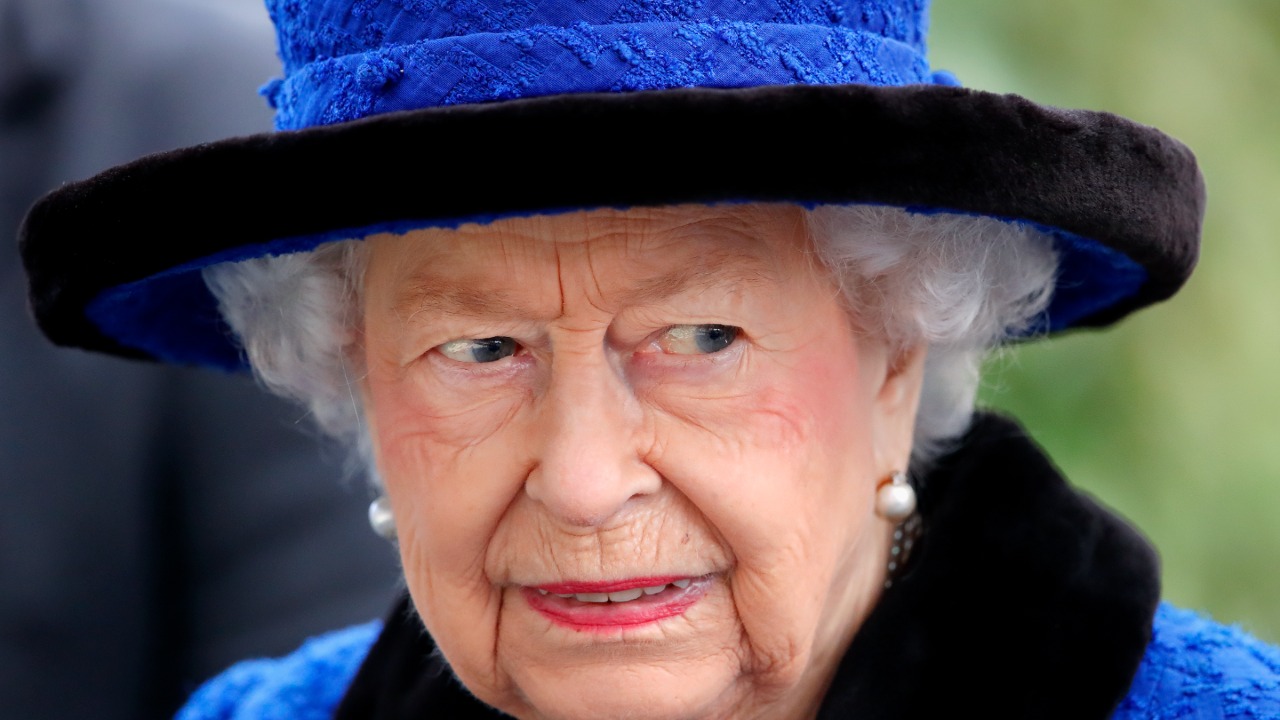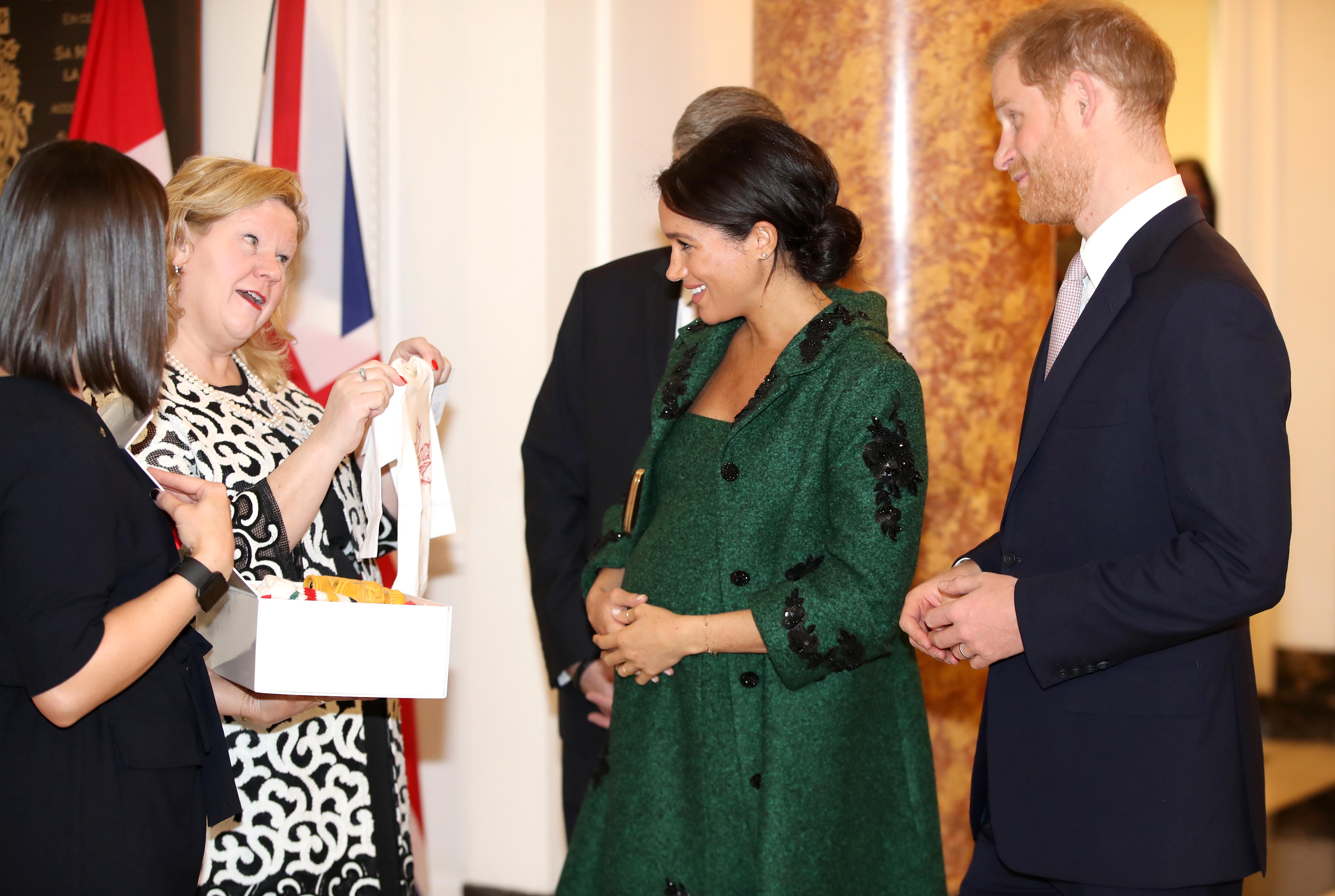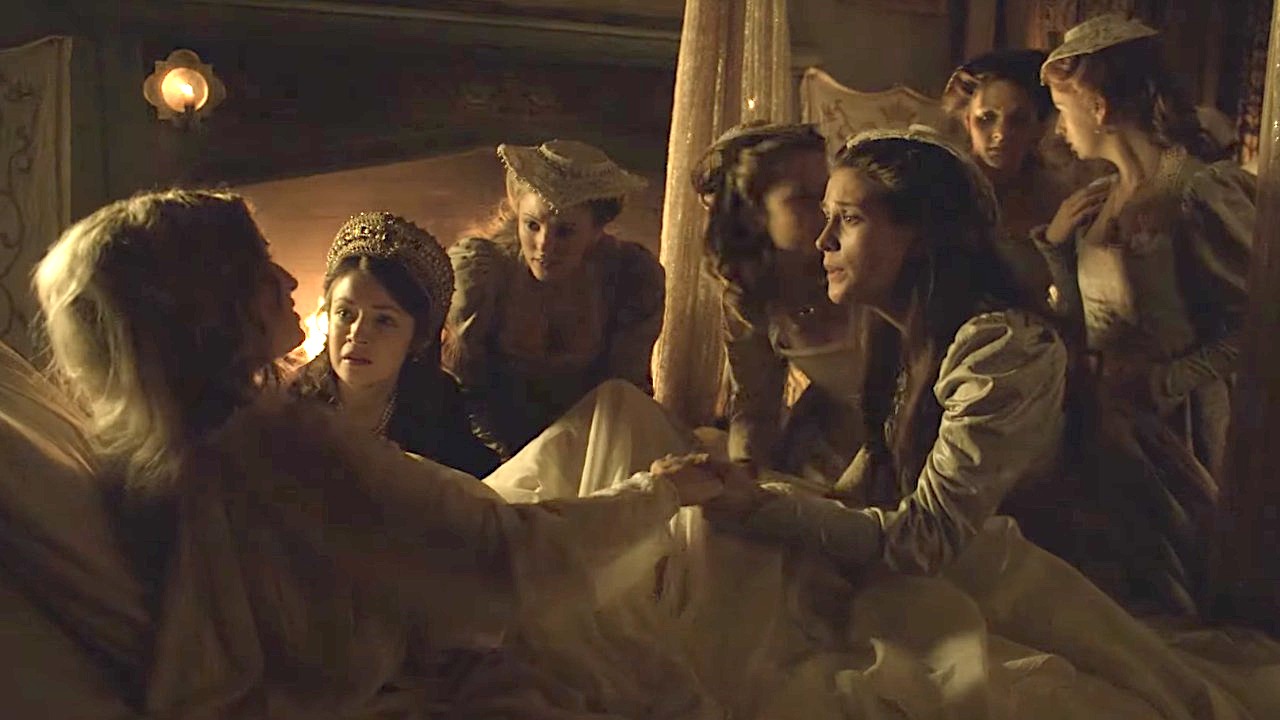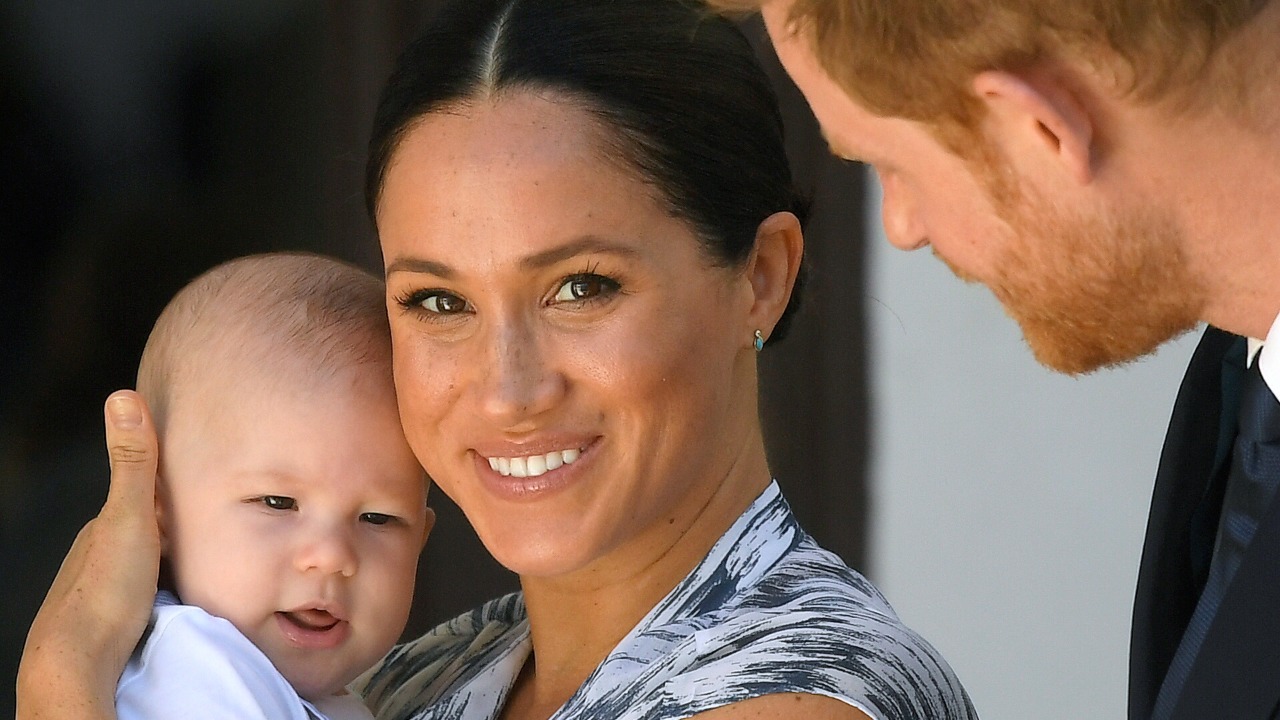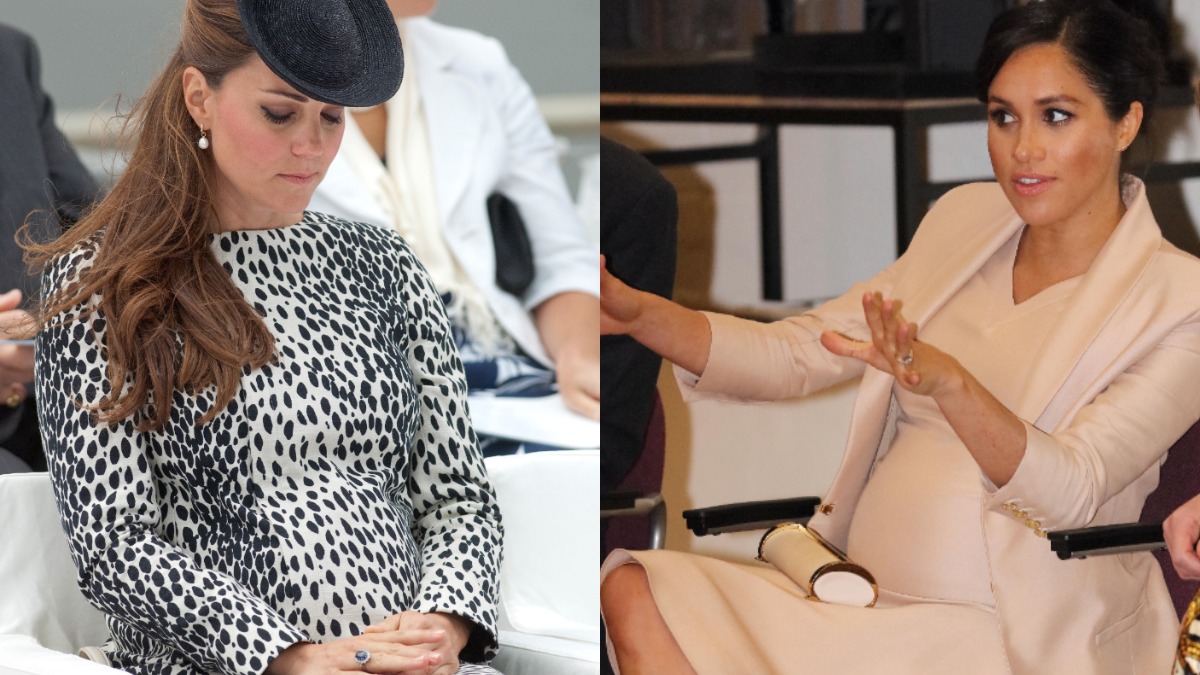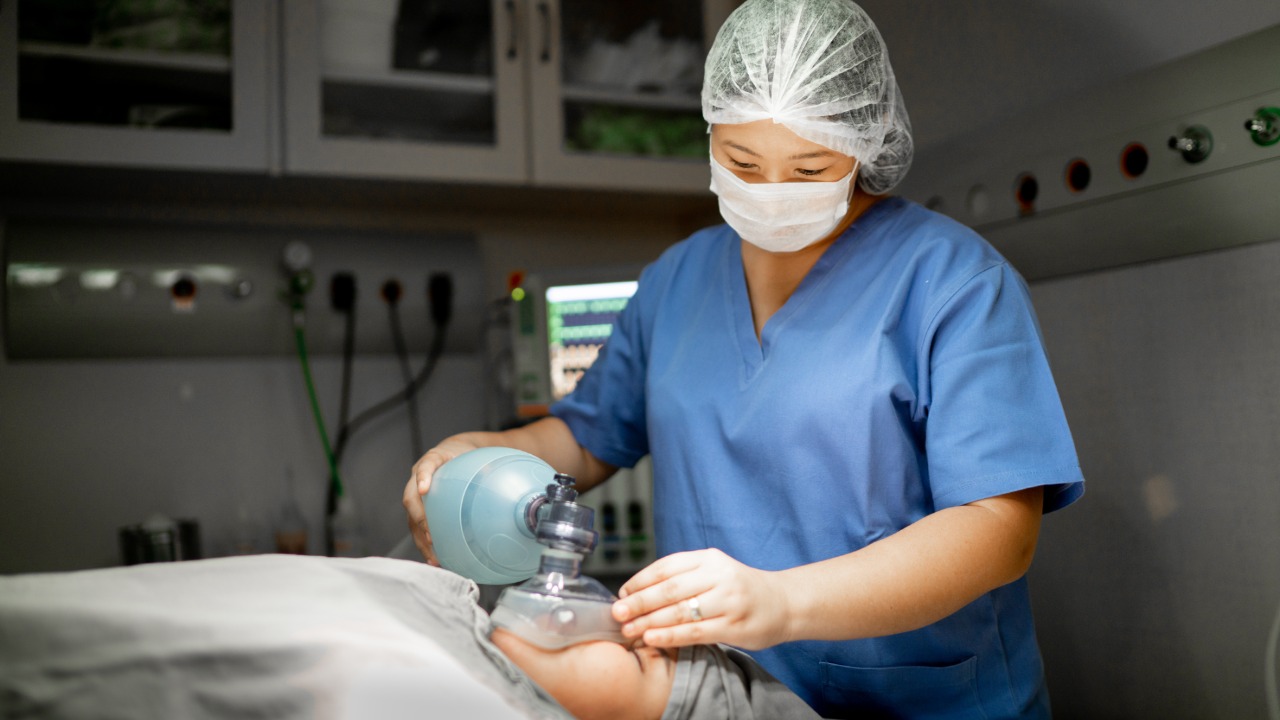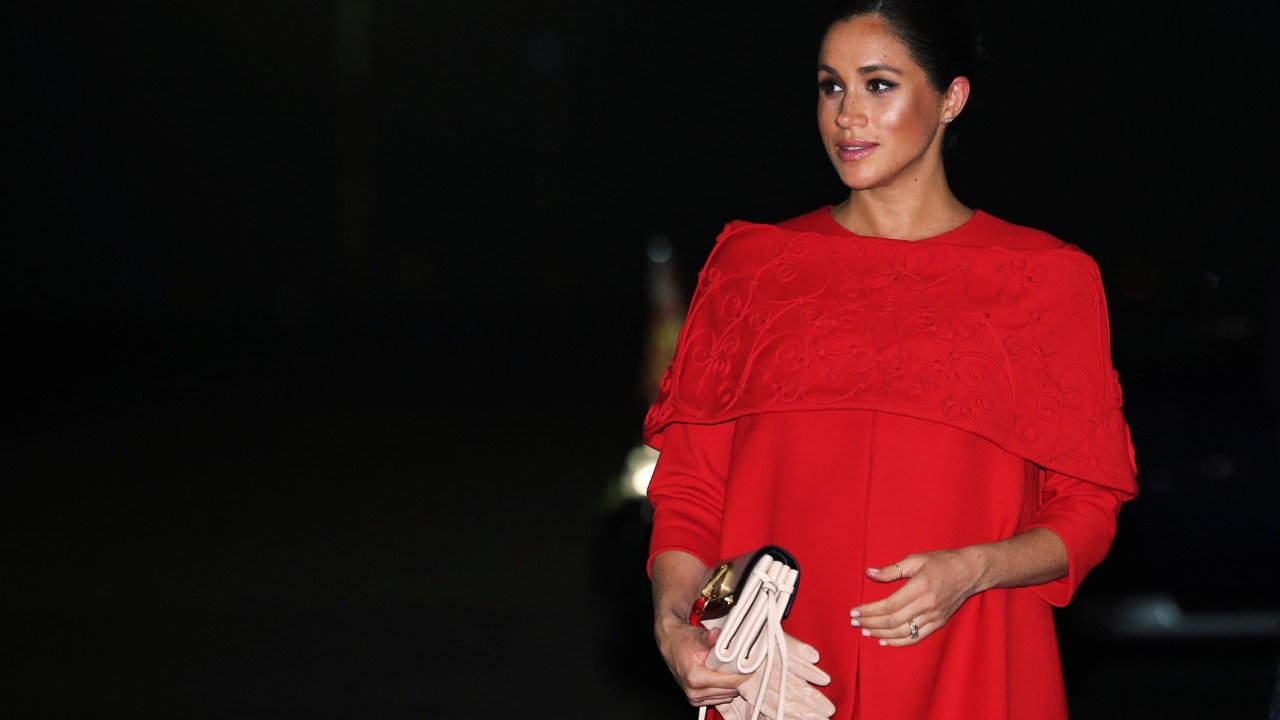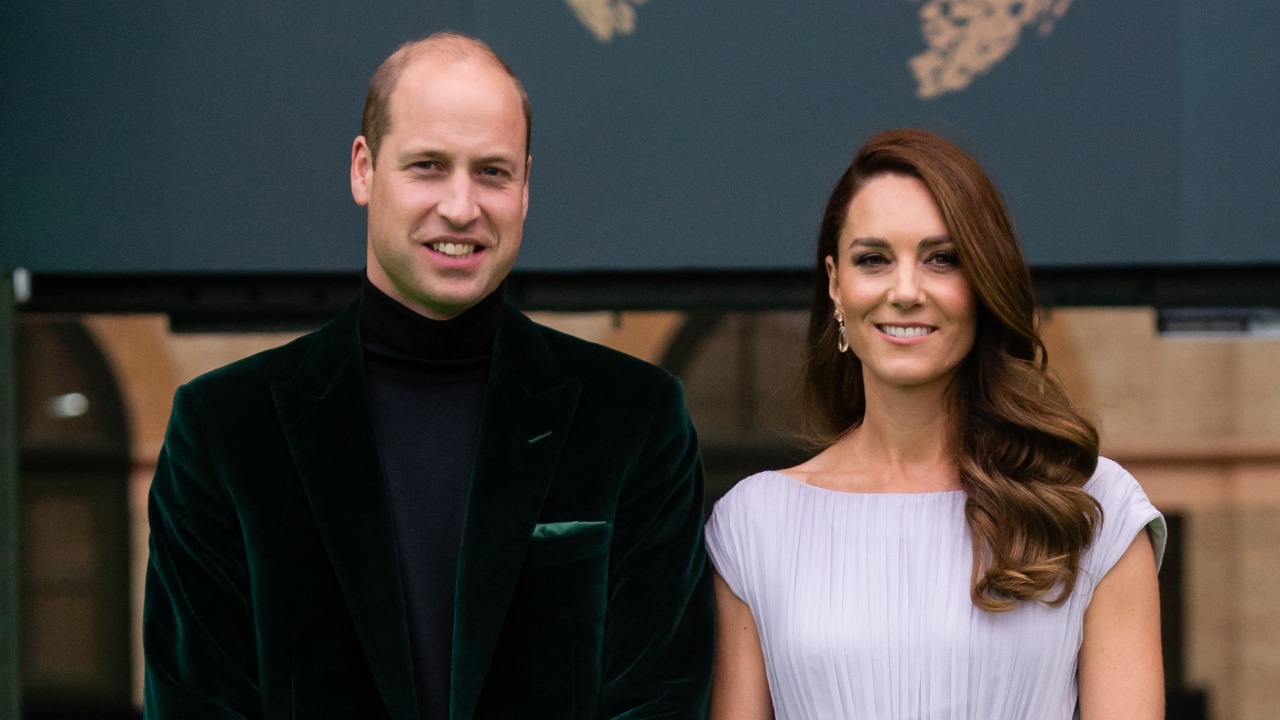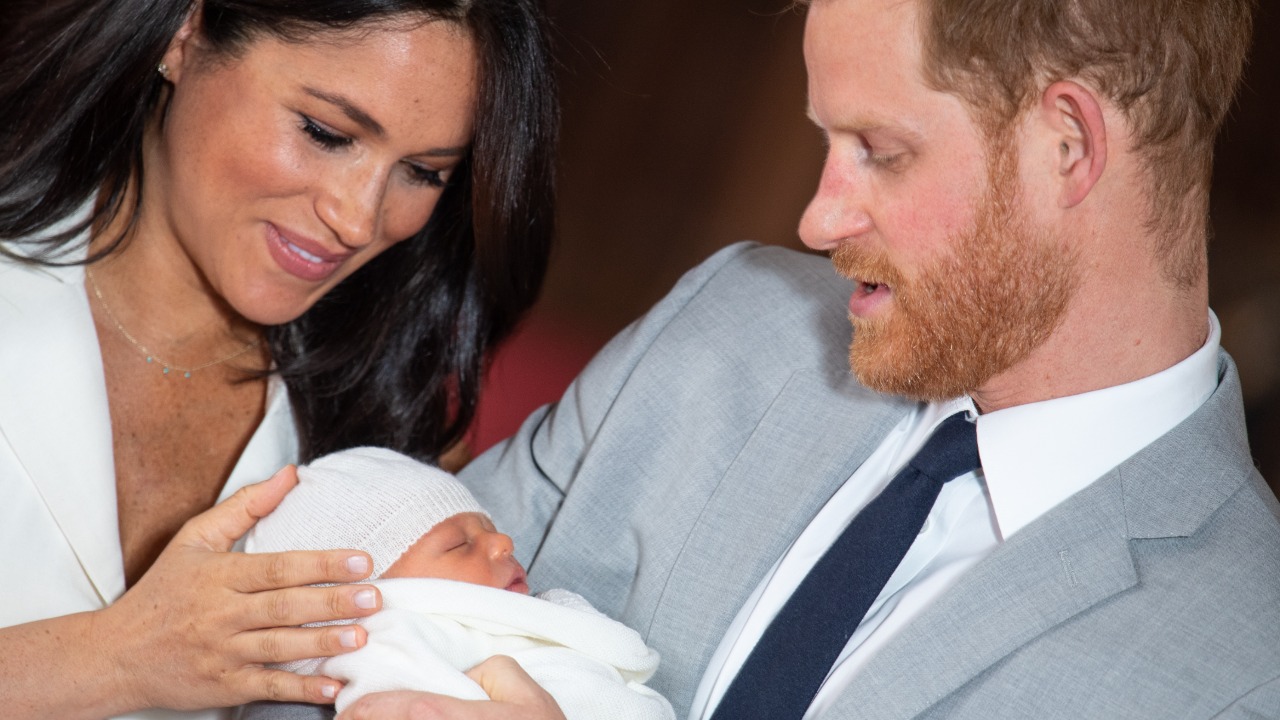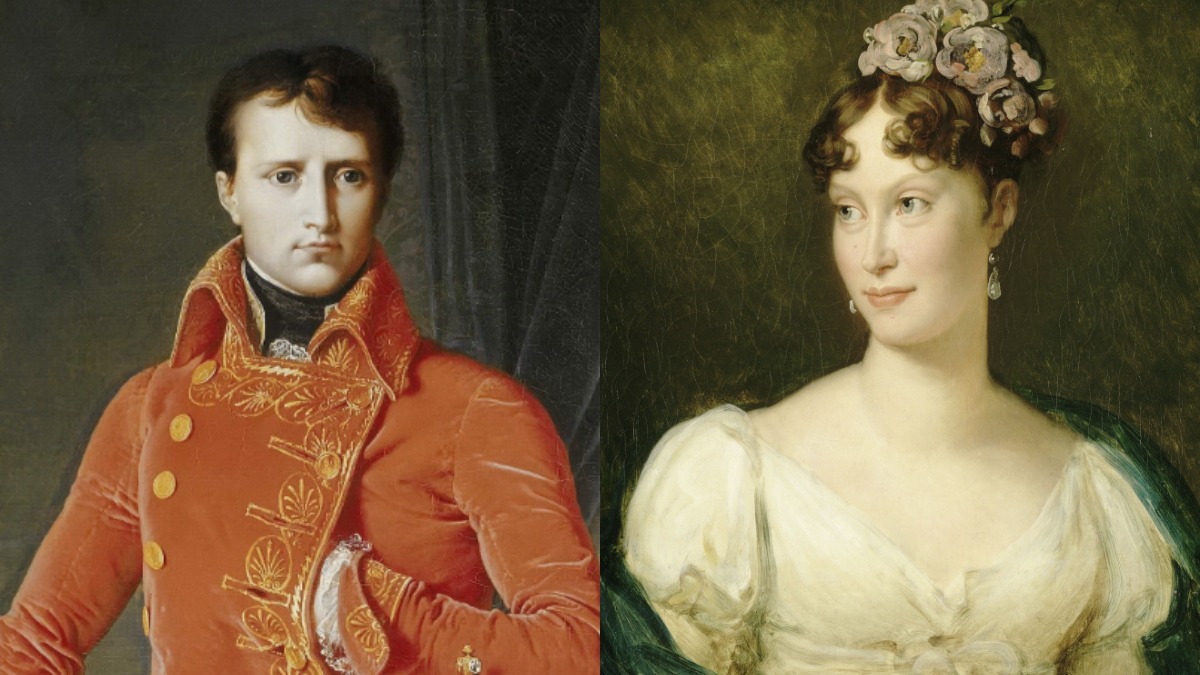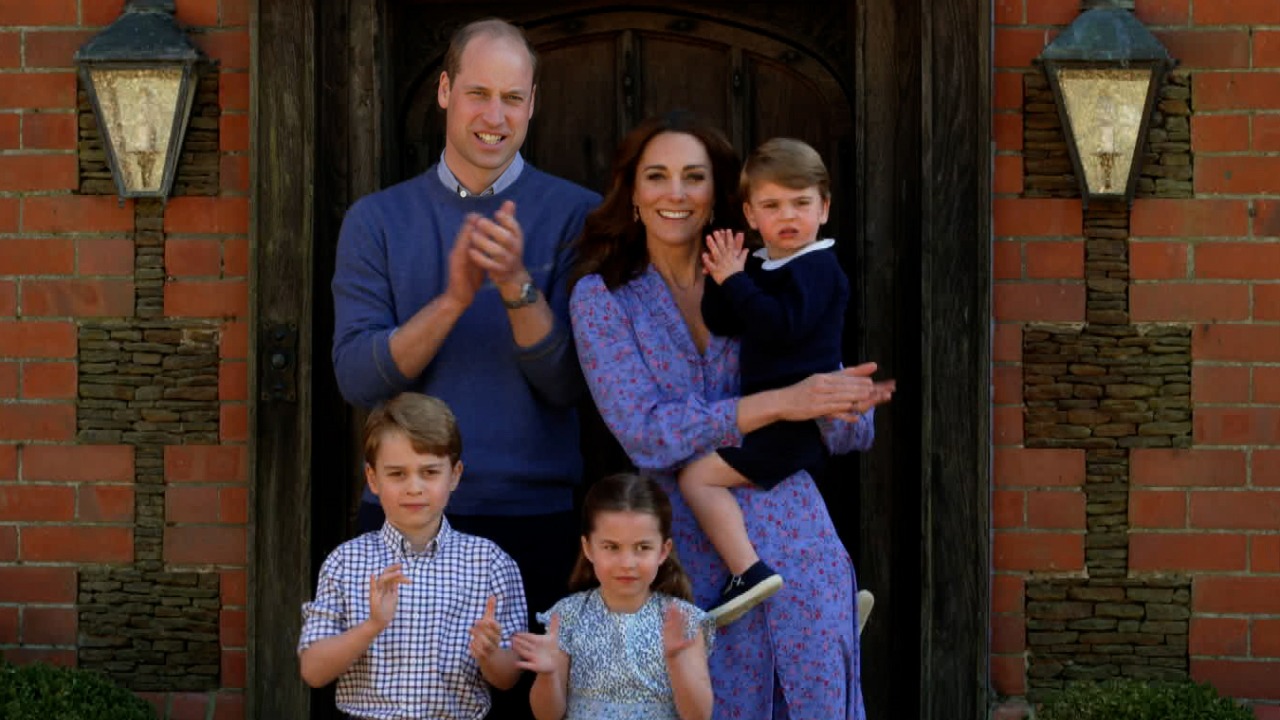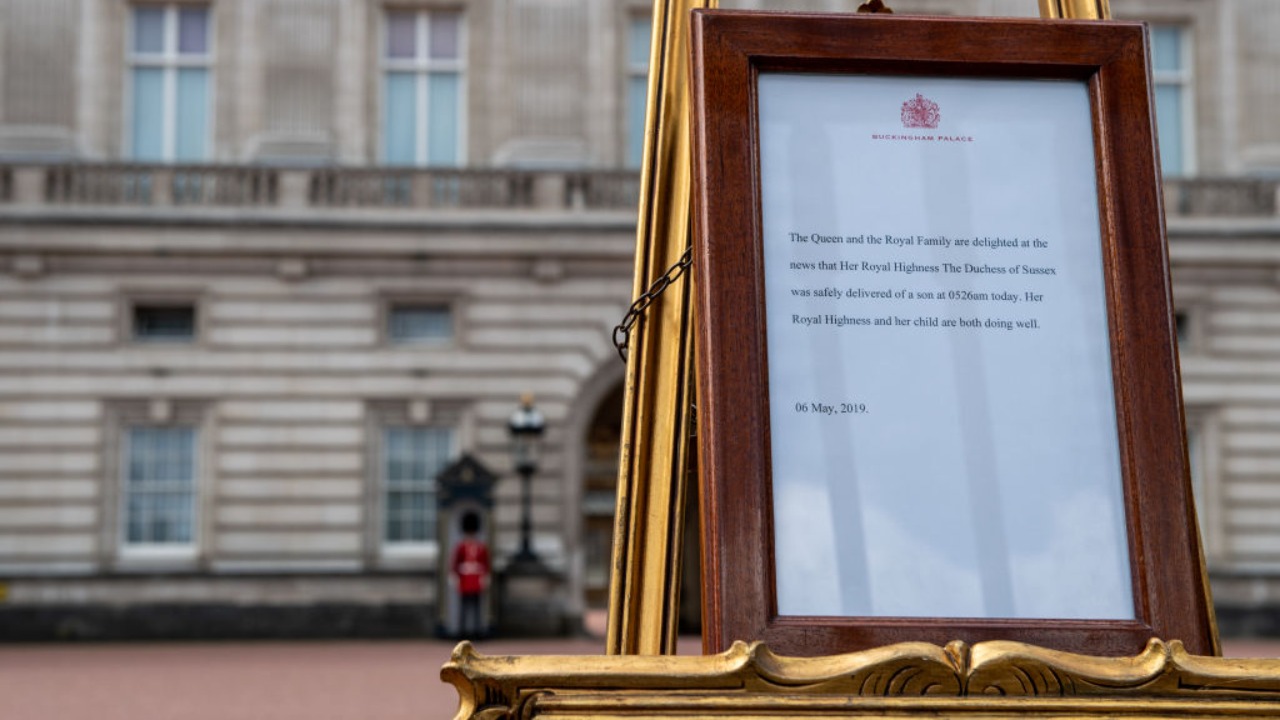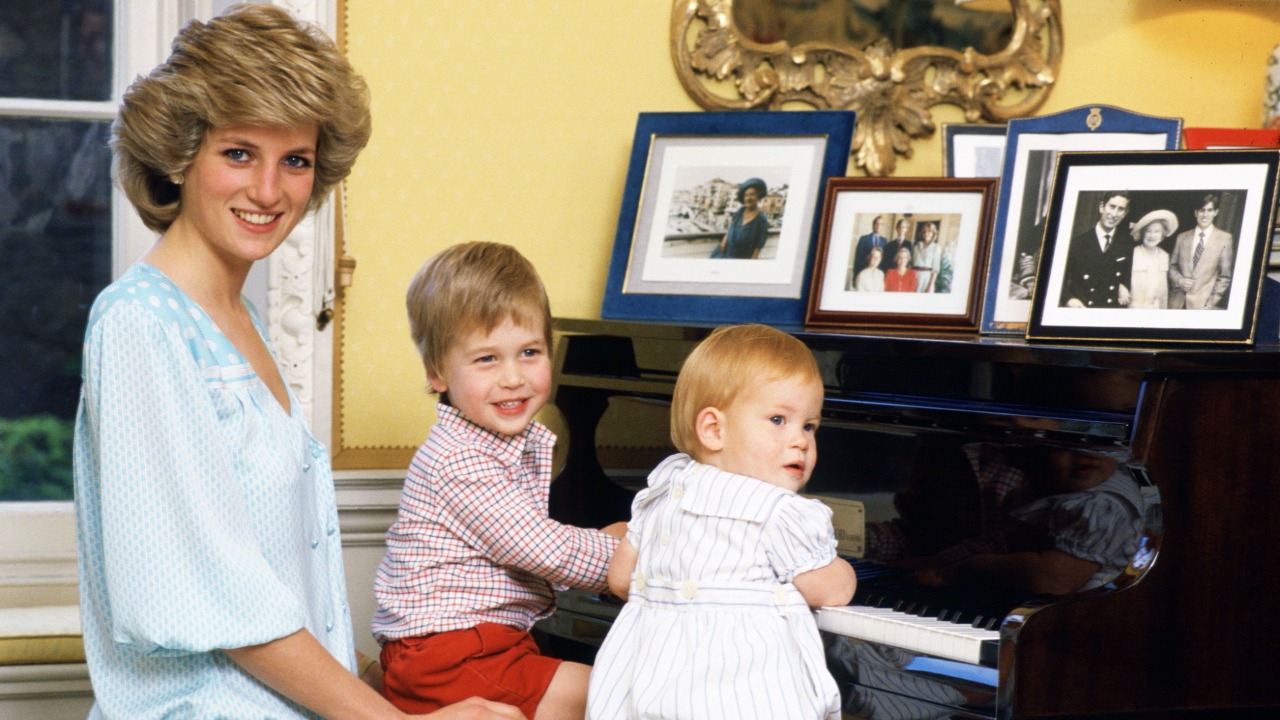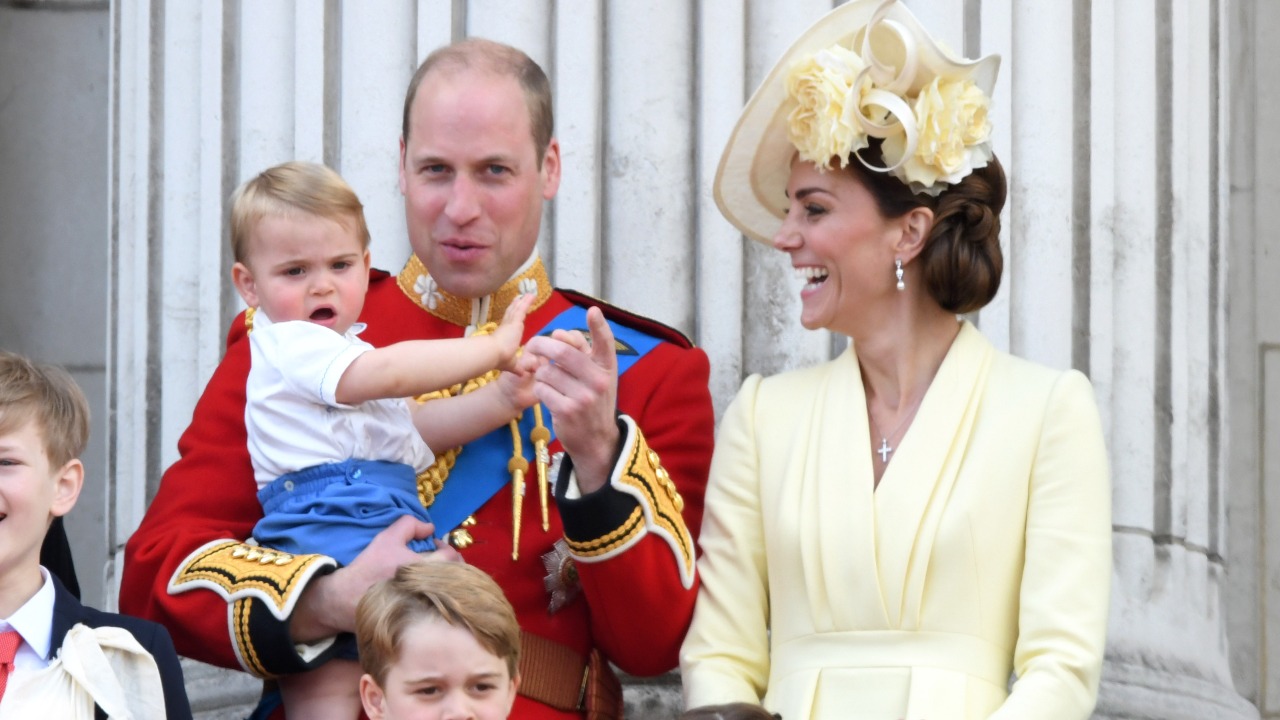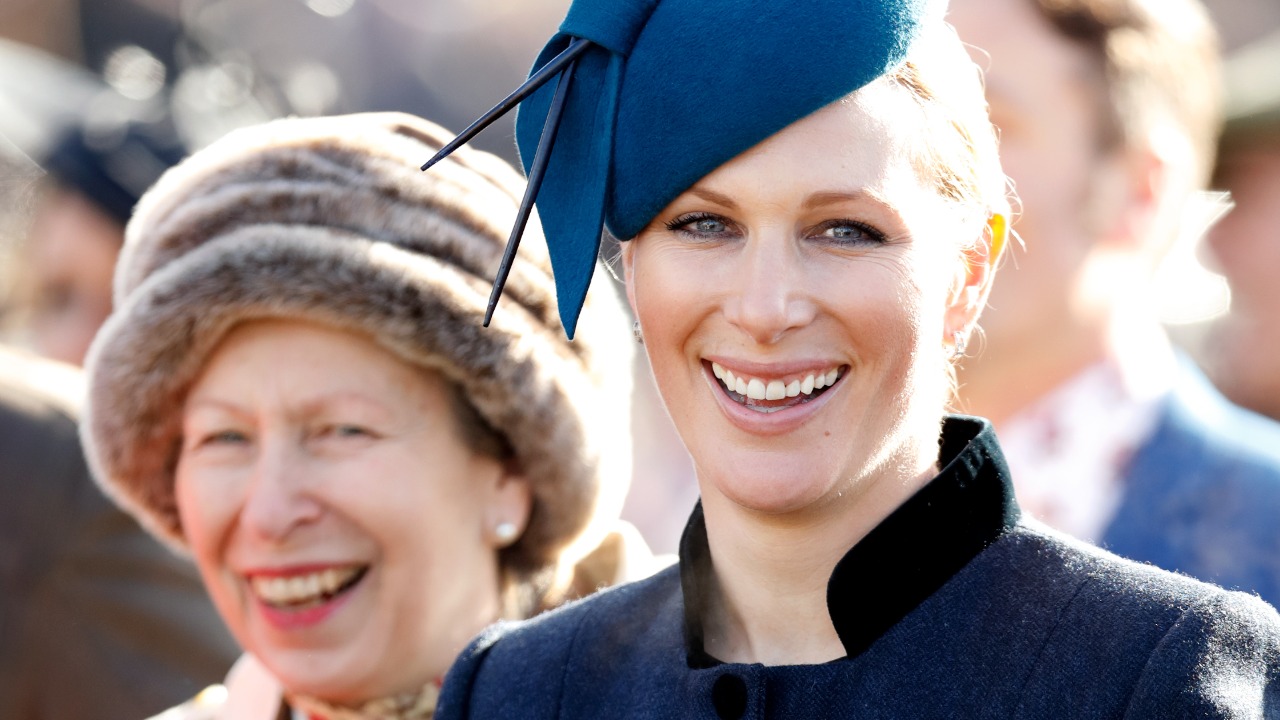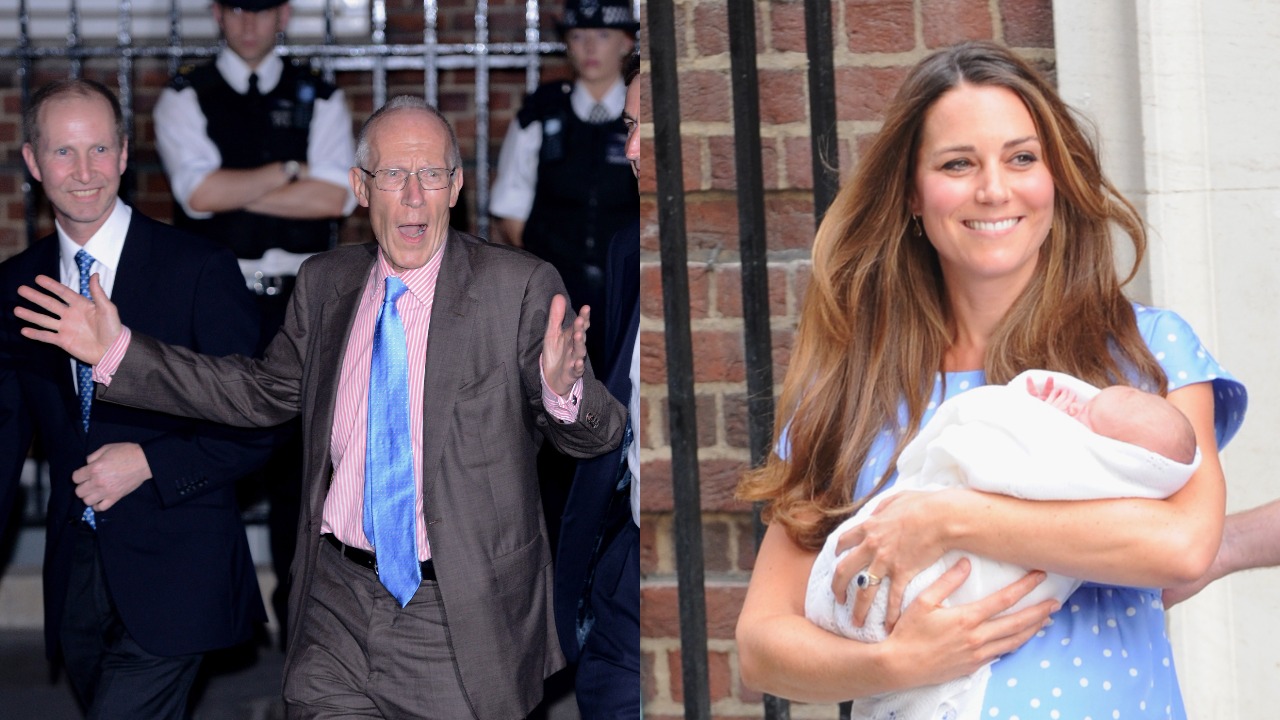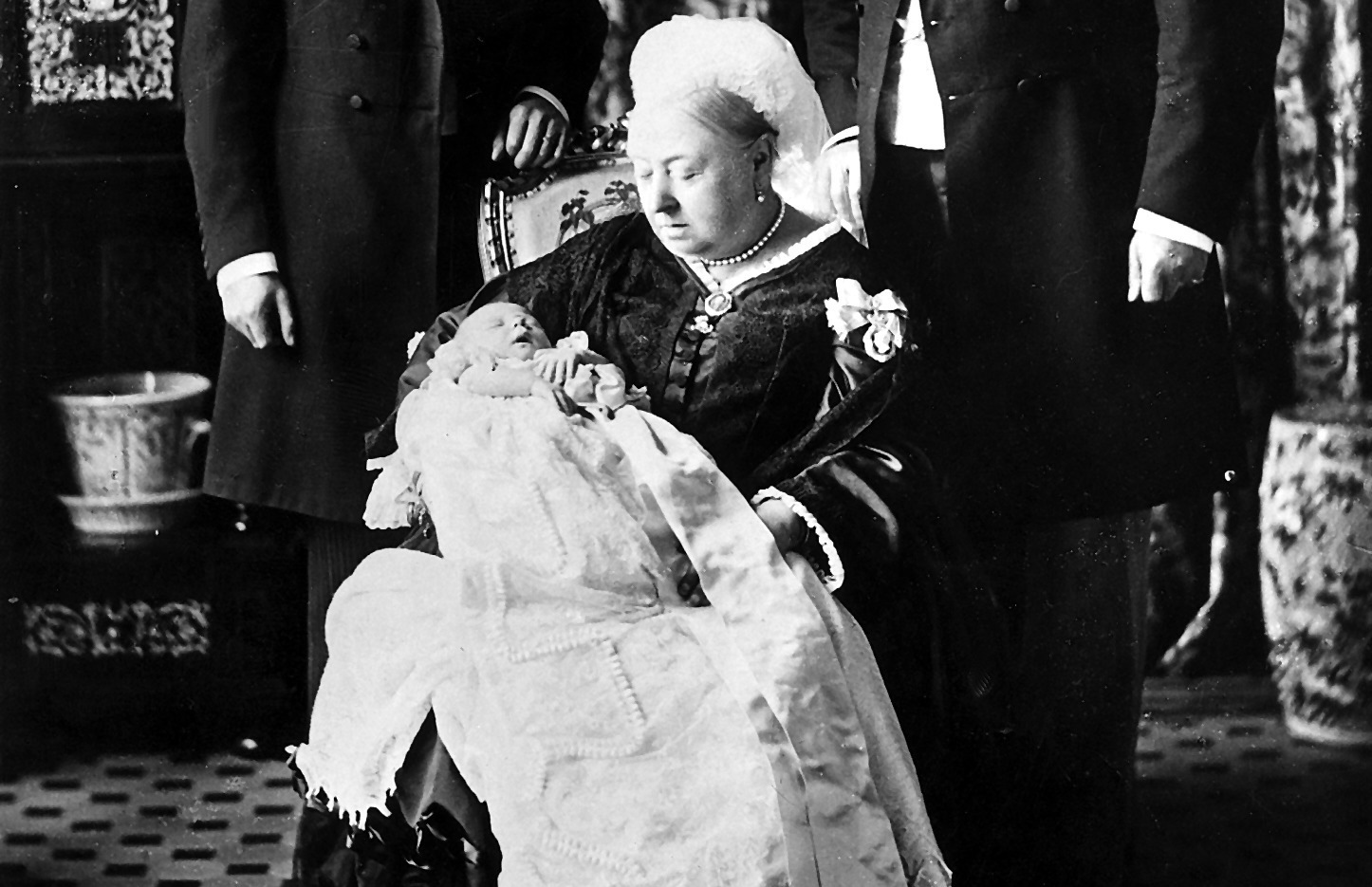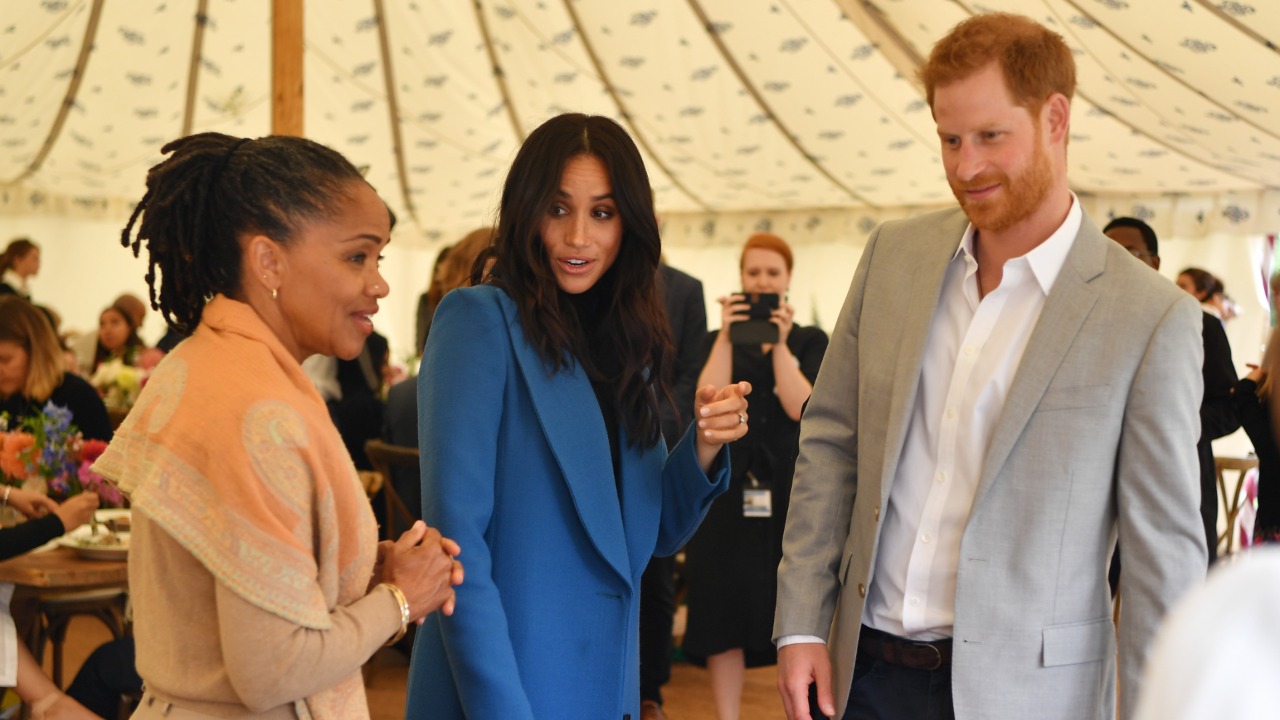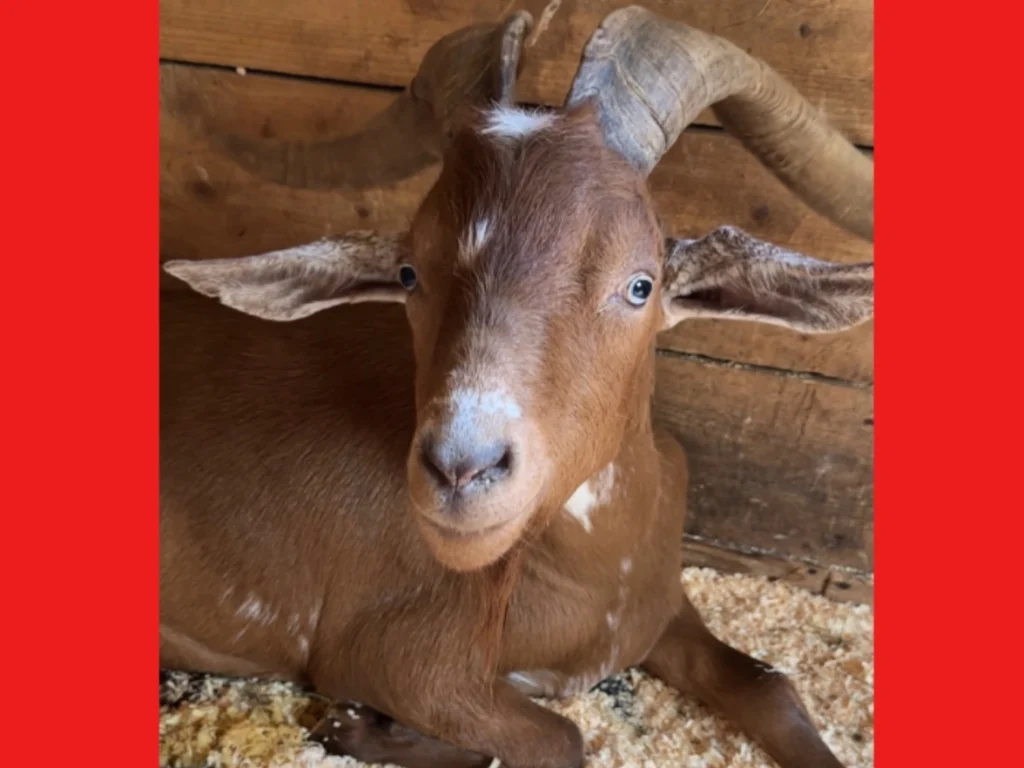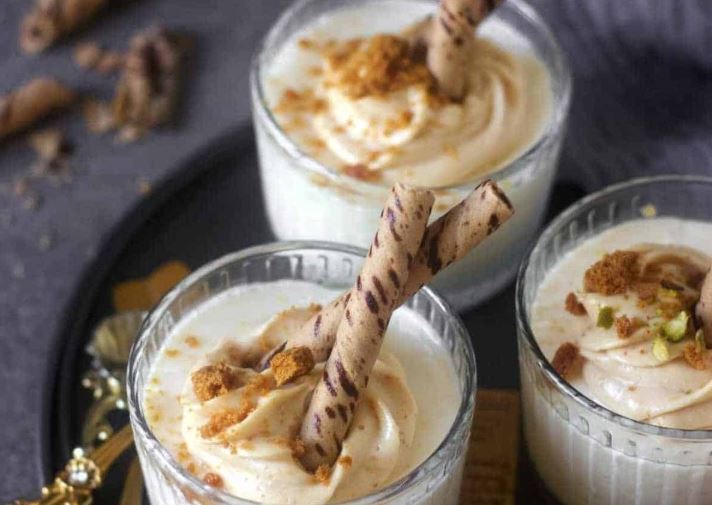40 Royal Pregnancy Traditions The Public Isn’t Supposed To Be Privy To
Written by Sneh Chaudhry on September 20, 2022

When a royal baby’s born, gun salutes celebrate the occasion. And the number of shots is very particular. A regular salute is 21 shots, but the Tower of London fires an additional 21 as a royal building and another 20 for being in the nation’s capital. The home of the King’s Troop Royal Horse Artillery, London’s Green Park, also fires an extra 41. Thankfully, though, the rounds aren’t live.
Dresses only

You’ve probably heard how male royal children are restricted to wearing shorts. But did you know that from the 16th century it was protocol for royal infants of any gender to be clothed in dresses? After a few years, the kids would then start to wear more traditional gender-specific clothes. This was the case even during Prince Charles’ childhood, though it isn’t current practice with modern royals.
Advanced announcement
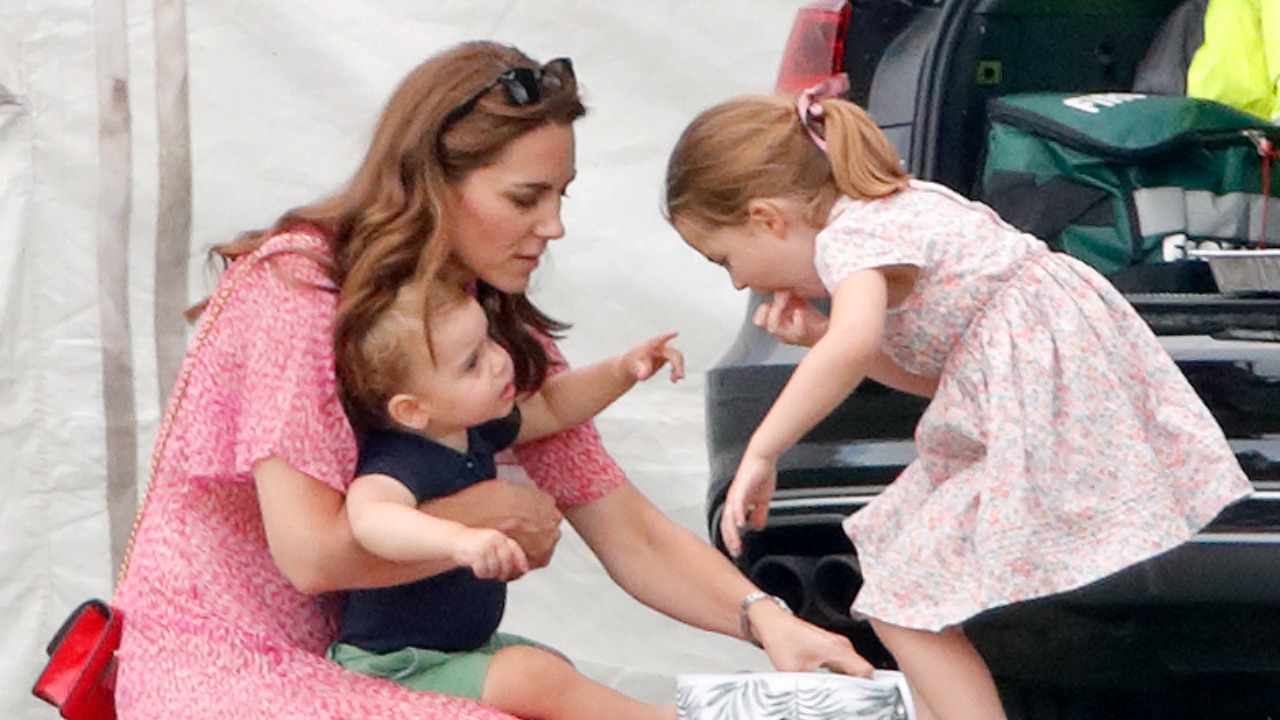
Royal mothers-to-be typically reveal their pregnancy when they’re 12 weeks in, but this isn’t always the case. If a health issue affects their schedule, they may reveal the news a bit earlier. This happened in 2017 when the Duchess of Cambridge was carrying Prince Louis. Exact due dates are left vague as well — for instance, Meghan’s date for Archie was simply announced as springtime 2019.
Baby gifts
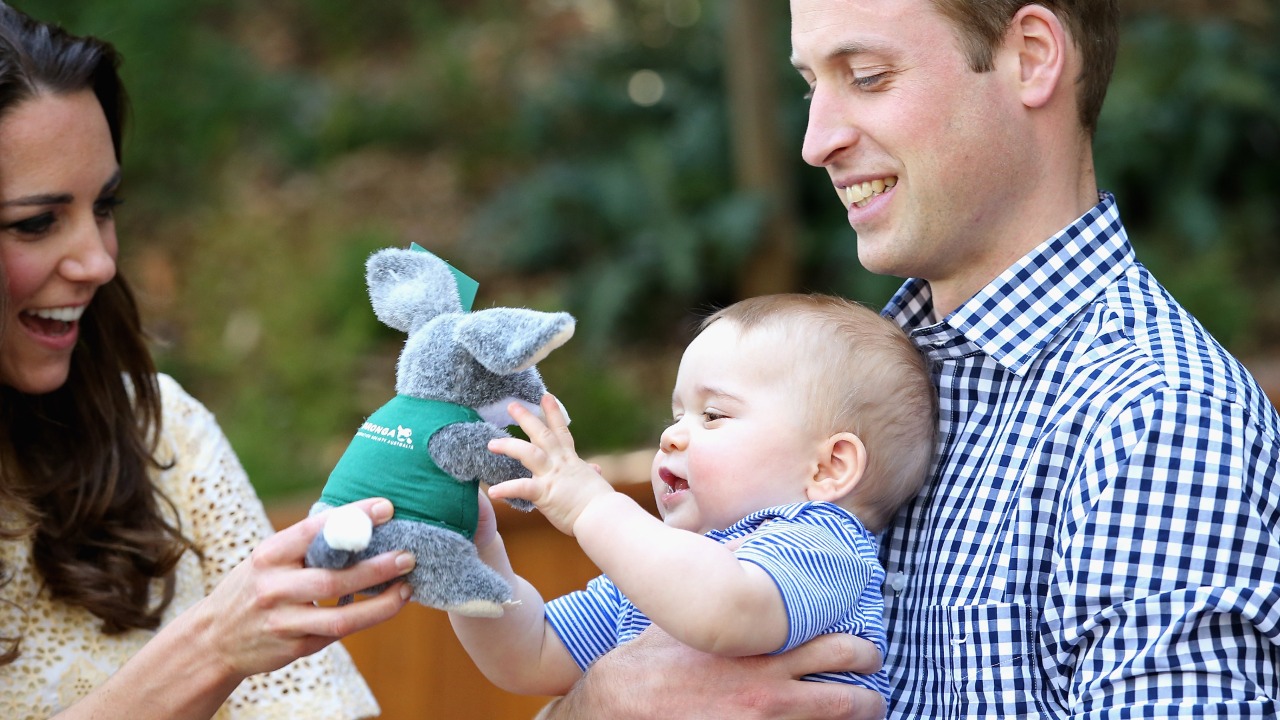
Although royals don’t have baby showers, there is an equivalent. Their babies get gifts from all over the world instead, and not just from the general public. World leaders traditionally send presents, too, so altogether they can number in the hundreds. Prince George got a whopping 610 gifts just from fans in 2013.
Holy girdles
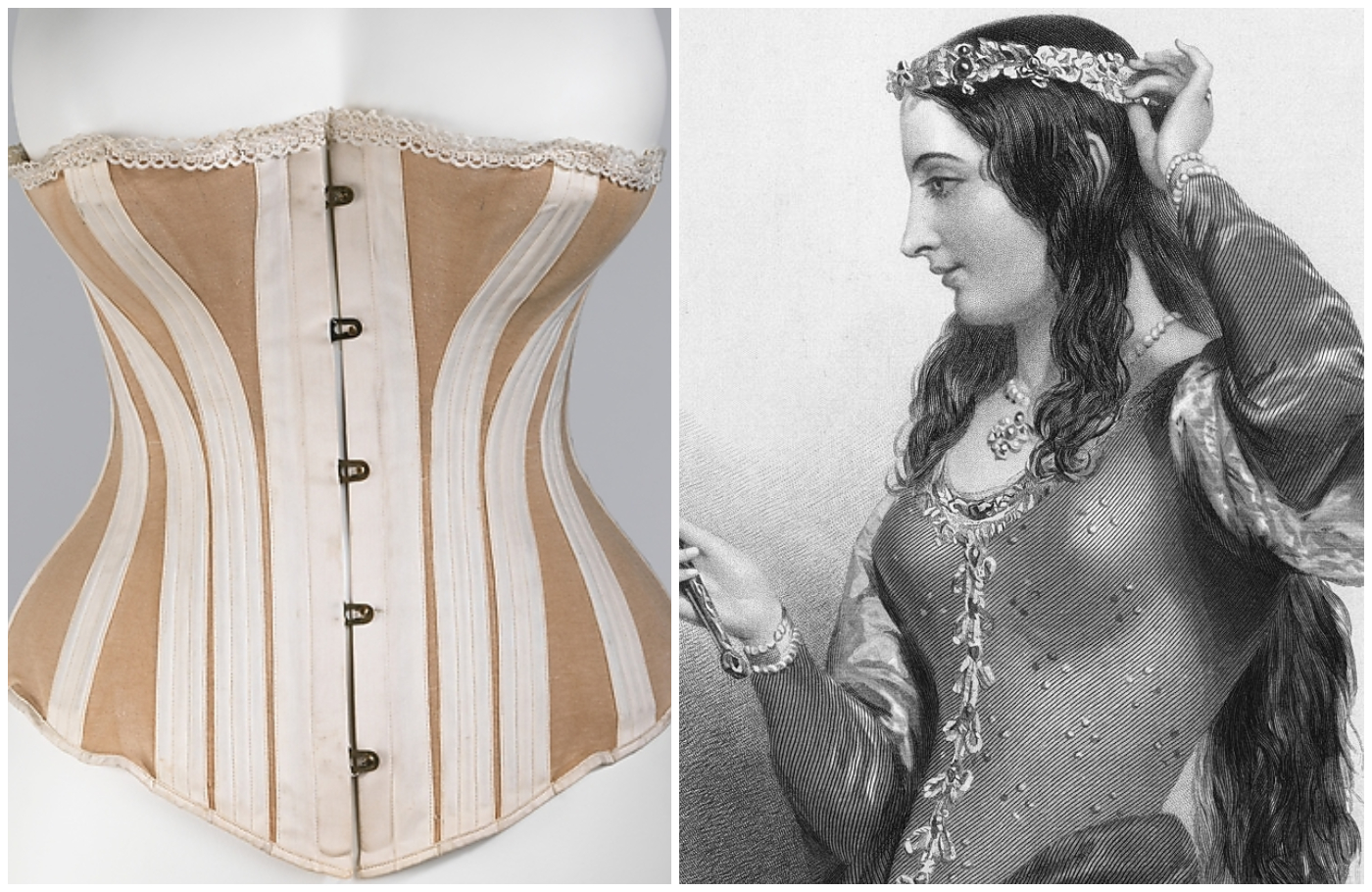
Holy girdles are among the strangest of birthing artifacts, and they weren’t just owned by the nobility. Pregnant women used girdles blessed with religious tokens and prayers for successful and safe childbirths. Royals had the rarest of them, though. Eleanor of Provence, wife of Henry III, wore a girdle said to have been blessed by the Virgin Mary herself.
Royal anesthesia
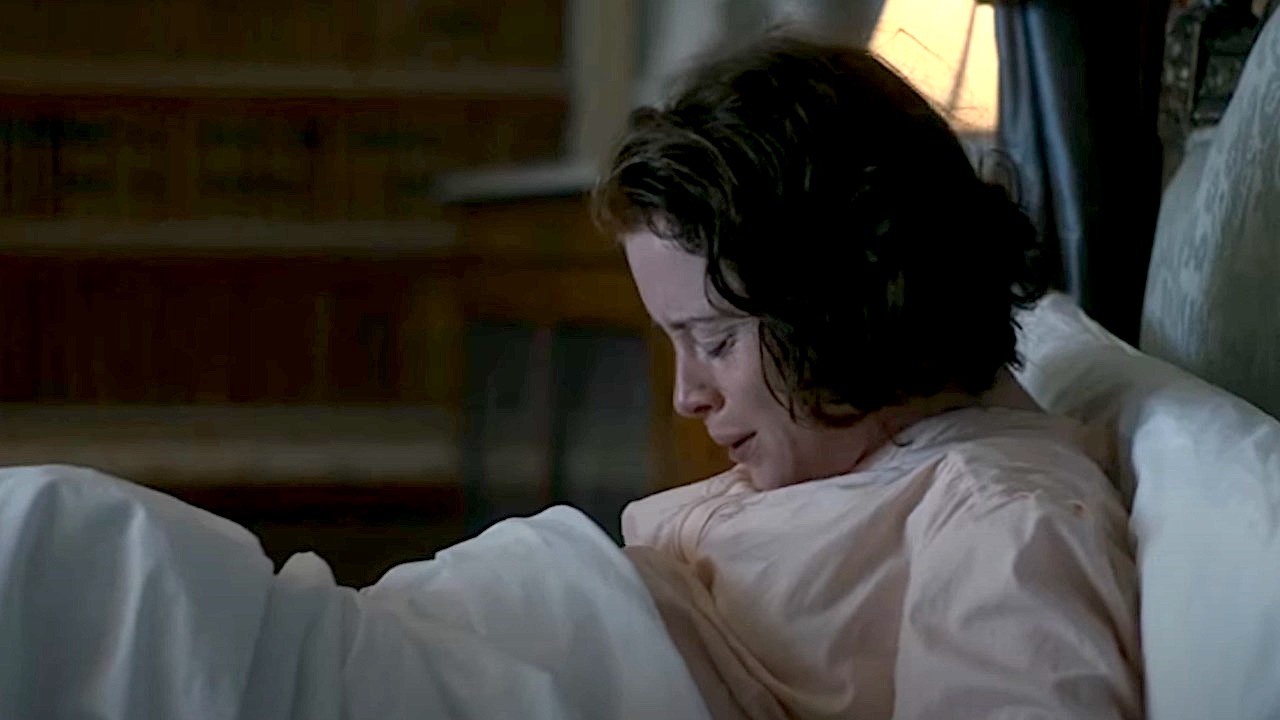
Despite having so many babies, Queen Victoria famously disliked childbirth. She got through some of the deliveries with the help of ether, which she described as “soothing, quieting and delightful beyond measure.” It acted as an anesthetic, and since the queen used it many mothers requested similar aids. So she basically popularized the tradition of childbirth anesthetic.
Boy’s club no more
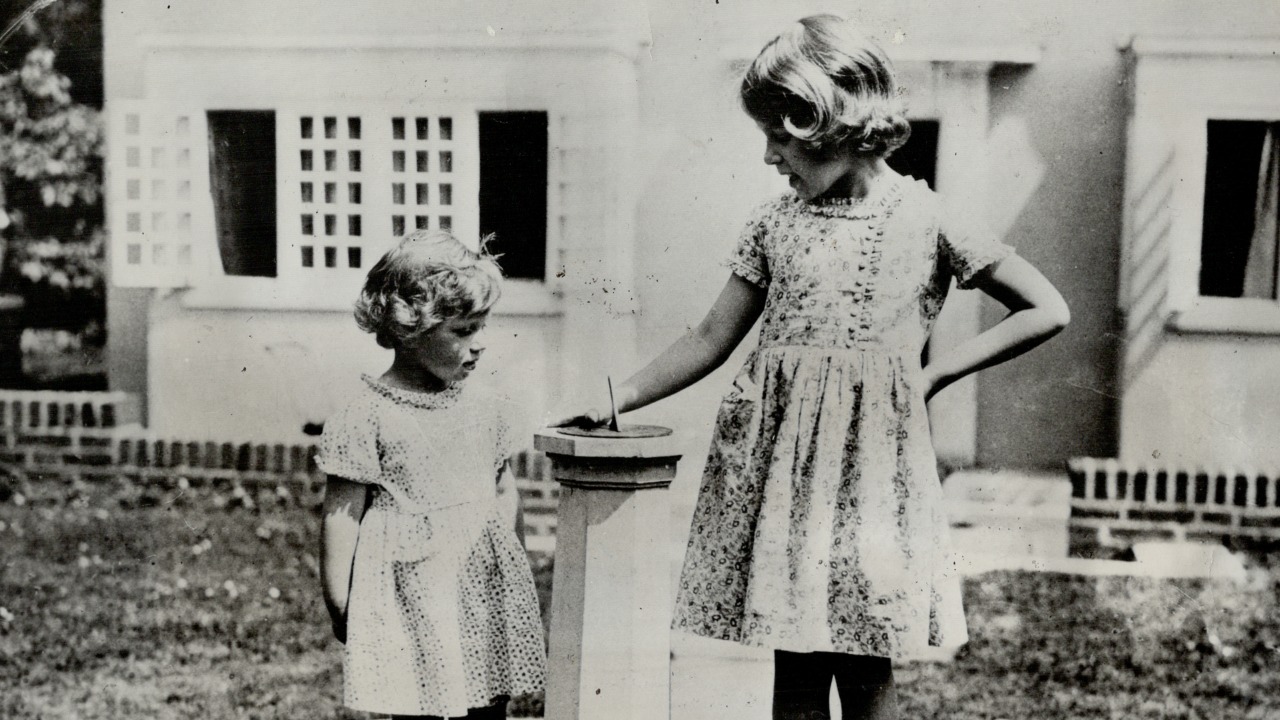
It’s no secret that most kings preferred male heirs, but the world’s changing — and so are royal traditions. In 2013 the throne instituted a new decree called The Succession to The Crown Act. It changed the law and grants succession to the oldest child, regardless of gender. Preference is no longer given to a male heir. And about time, too!
Birthing witness
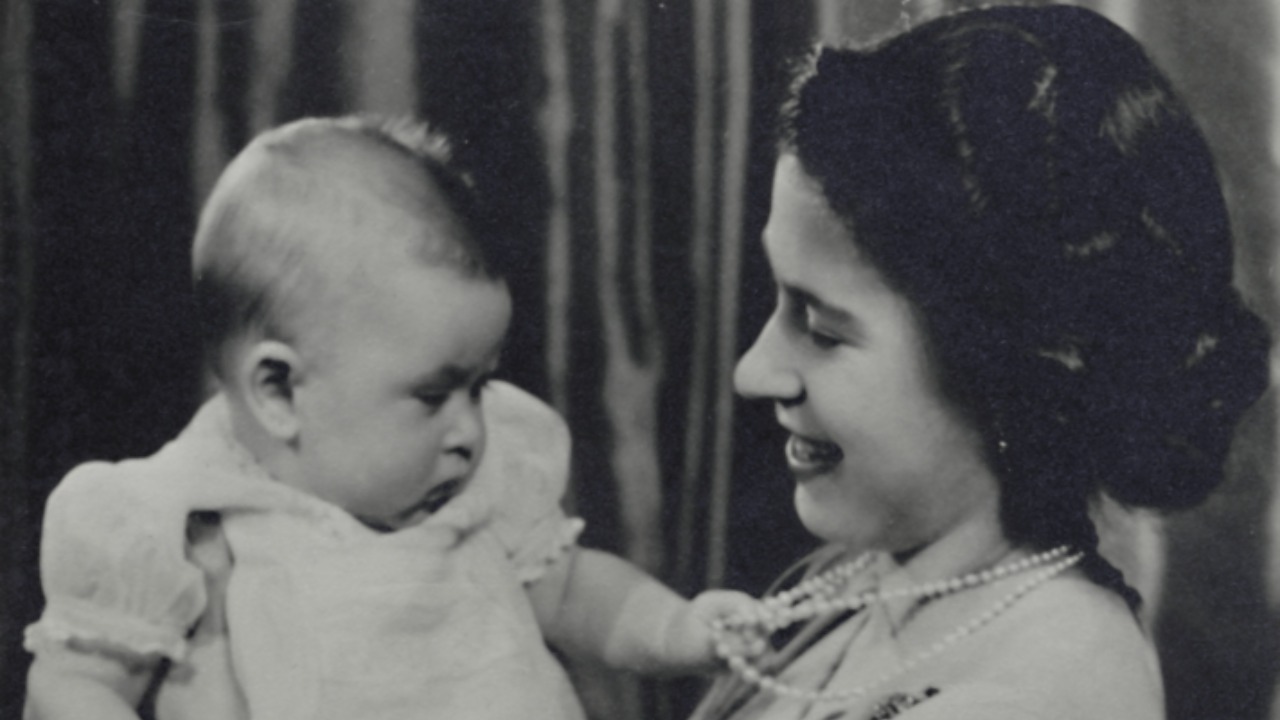
It’s only in recent generations that new royal mothers got some privacy. Up until 1948 there was always at least one other person aside from the birthing team present — the U.K.’s home secretary. Bizarrely, witnessing royal births was one of their official duties, but Queen Elizabeth II changed that for Prince Charles’ arrival.
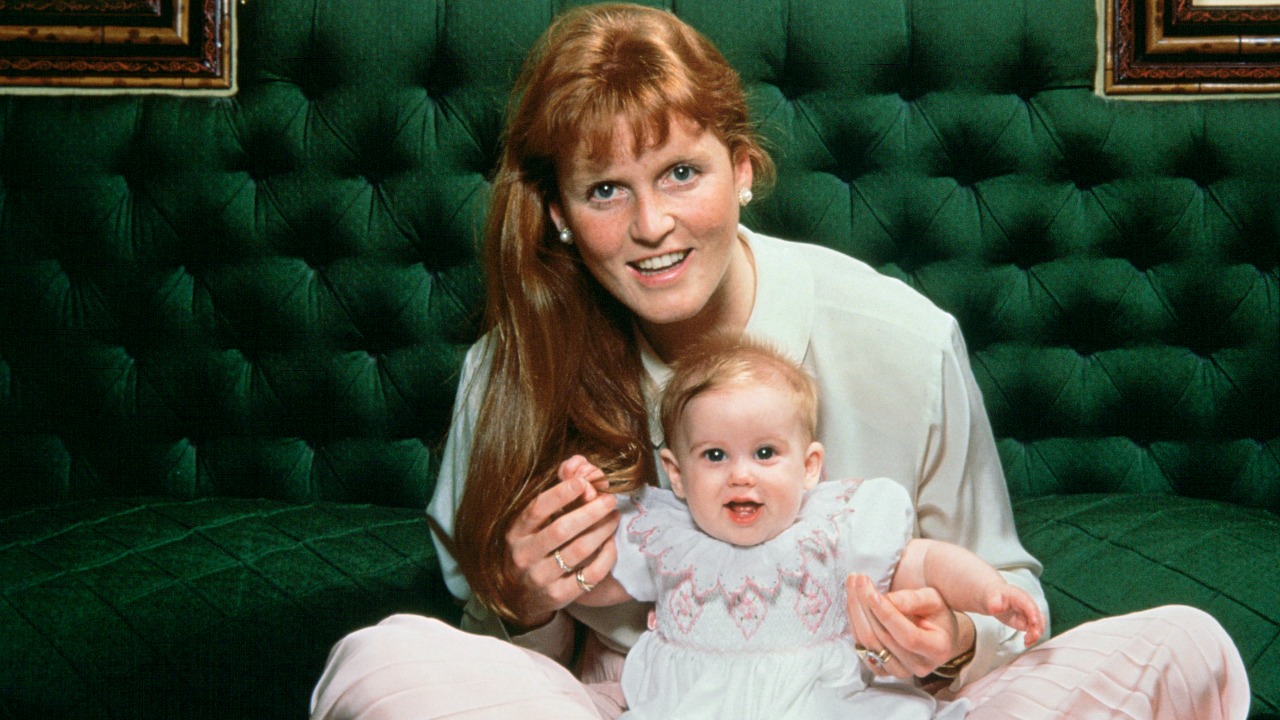
Outside the royal family, it’s unusual for babies to have more than one middle name. But for kids born under The Crown it’s tradition to choose at least two or three, which are first referred to the Queen. In 2021 Kate Williams, a royal commentator, told the MyLondon website that the topic of names is “an informal conversation.” If the Queen doesn’t approve, royal parents will seriously reconsider their choices.
Cleavage is forbidden
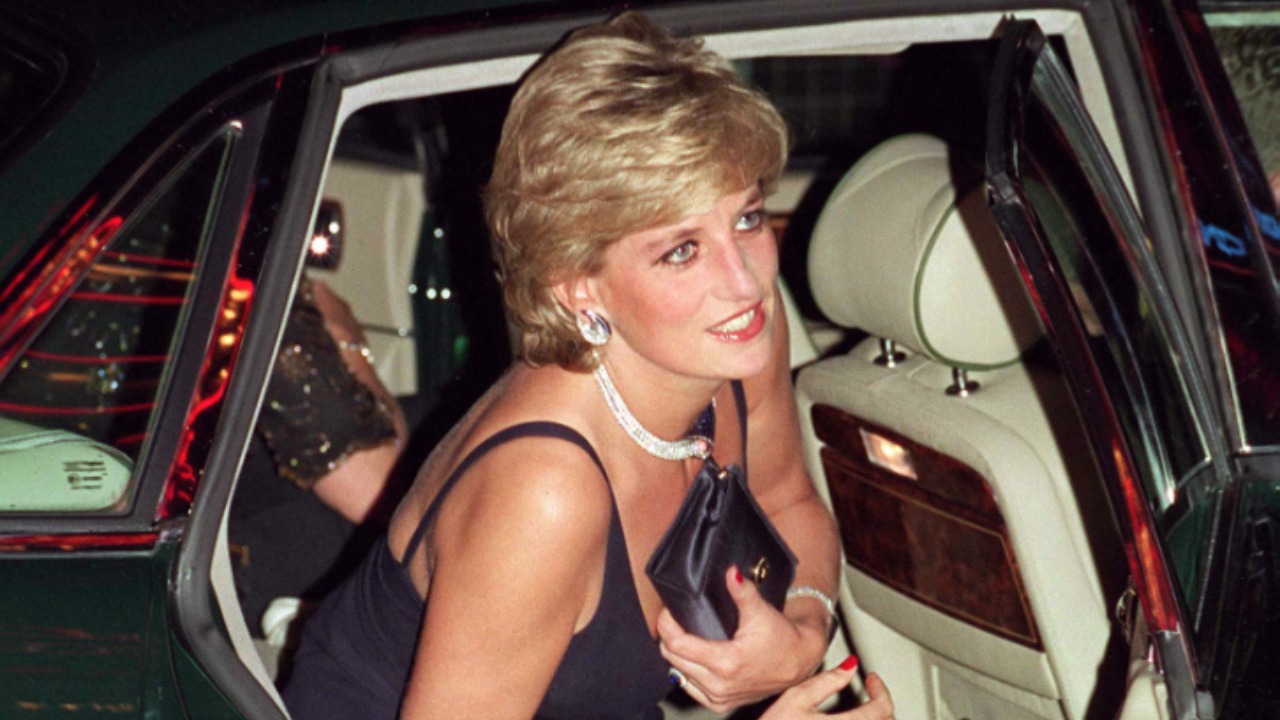
The Crown is a cleavage-free zone, hence Diana’s clever use of clutch bags to conceal the area. This becomes more of a problem for pregnant royals, for obvious reasons. Instead, they adopt a more self-conscious approach to outfits designed to cover their chests. You’ll see a lot of ensembles incorporating heavier coats and subtler necklines on pregnant royals for just that reason.
Mother’s “cleansing”
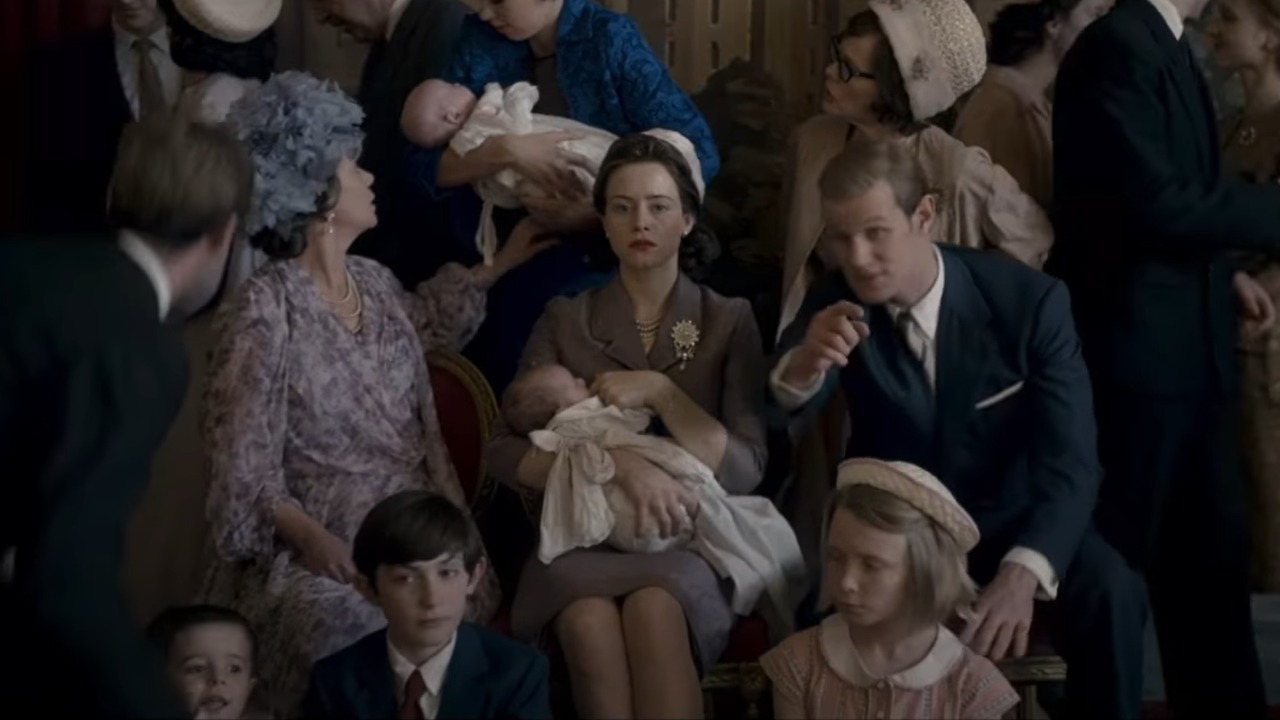
As if giving birth in Tudor times wasn’t enough, royal mothers were considered dirty afterwards and so needed to be “cleansed.” This meant that for several weeks, they were given bed-rest away from their baby, and plenty of prayer time. Interestingly, the recovery period was longer if the infant was a boy, after which mom could return to royal duties as usual.
Public births
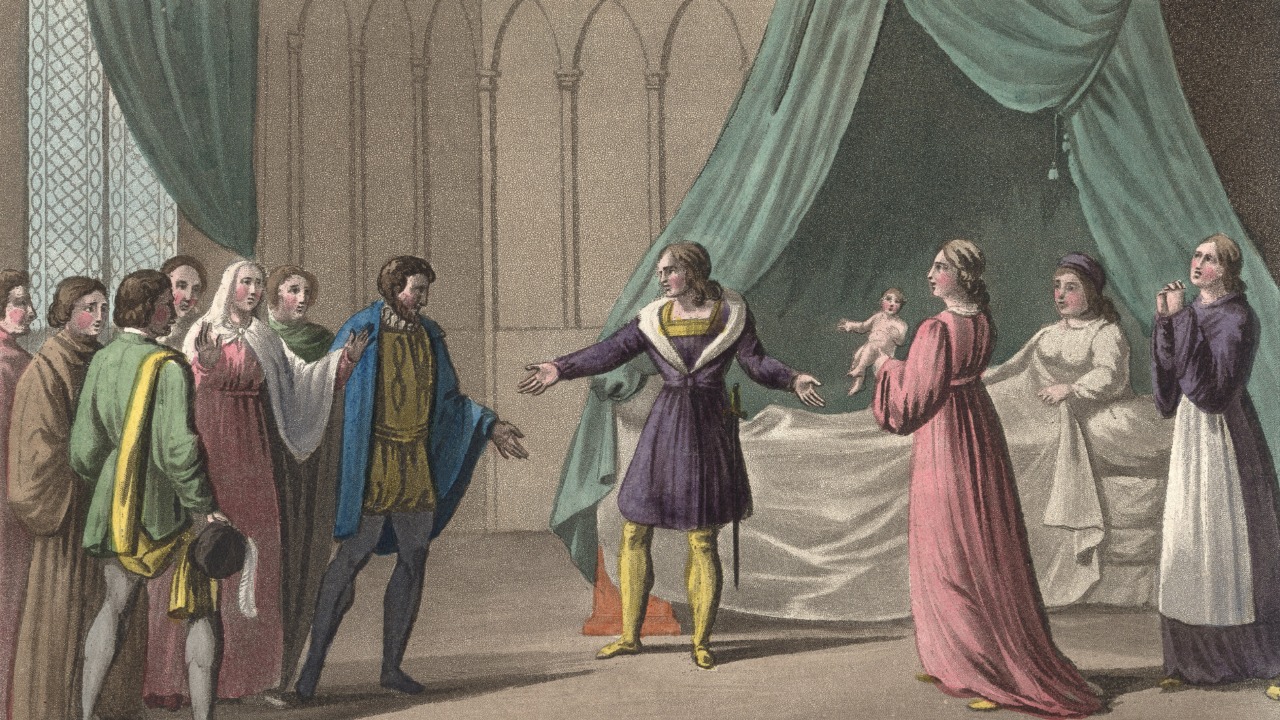
Sure, the general public love a royal baby now, but it was worse a few centuries ago. The birth itself was more of a spectacle, and queens regularly had to go into labor in front of a big crowd. It was so vital to continue the bloodline that people thought the act had to be observed. As a result, other nobles crowded inside the labor room to stand witness.
No surname
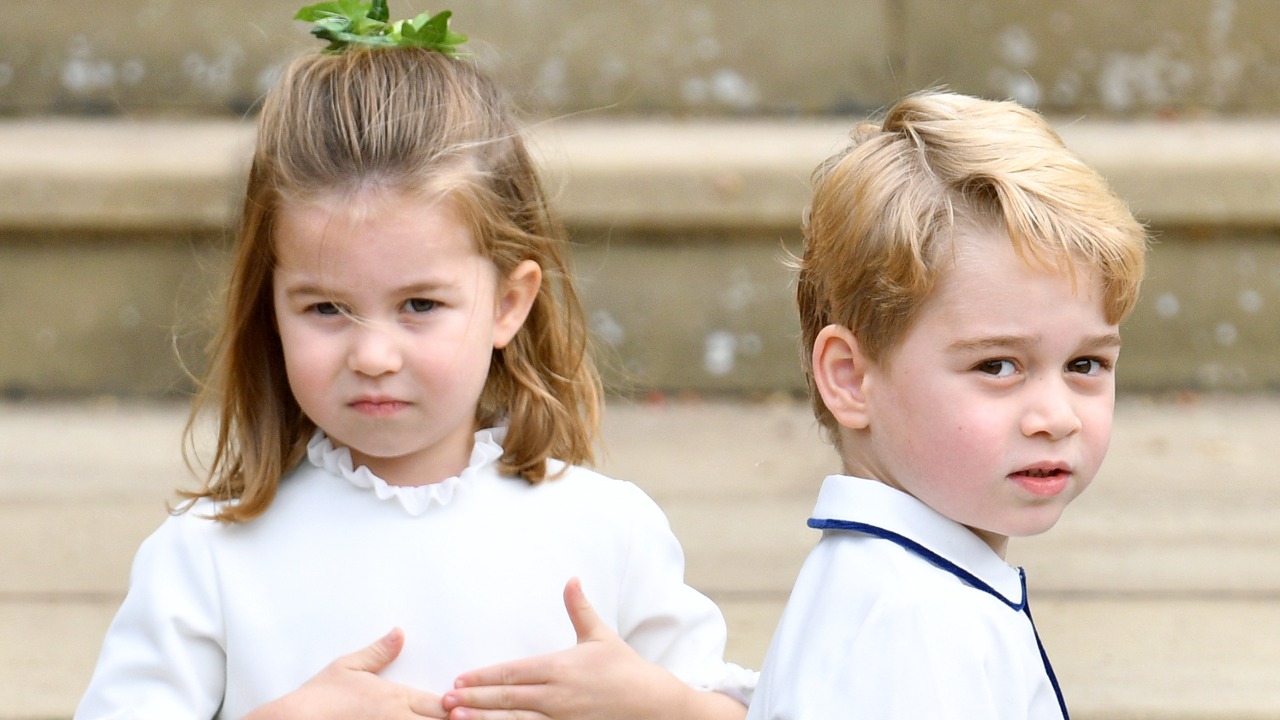
Surnames aren’t given to royal babies like they are to us commoners. Technically, they don’t have one, because everyone knows who they are. Instead, they use their first name, title or, at a pinch, their house. This is the case with Prince George and Princess Charlotte, who use the name Cambridge at school.
Baptizing babies
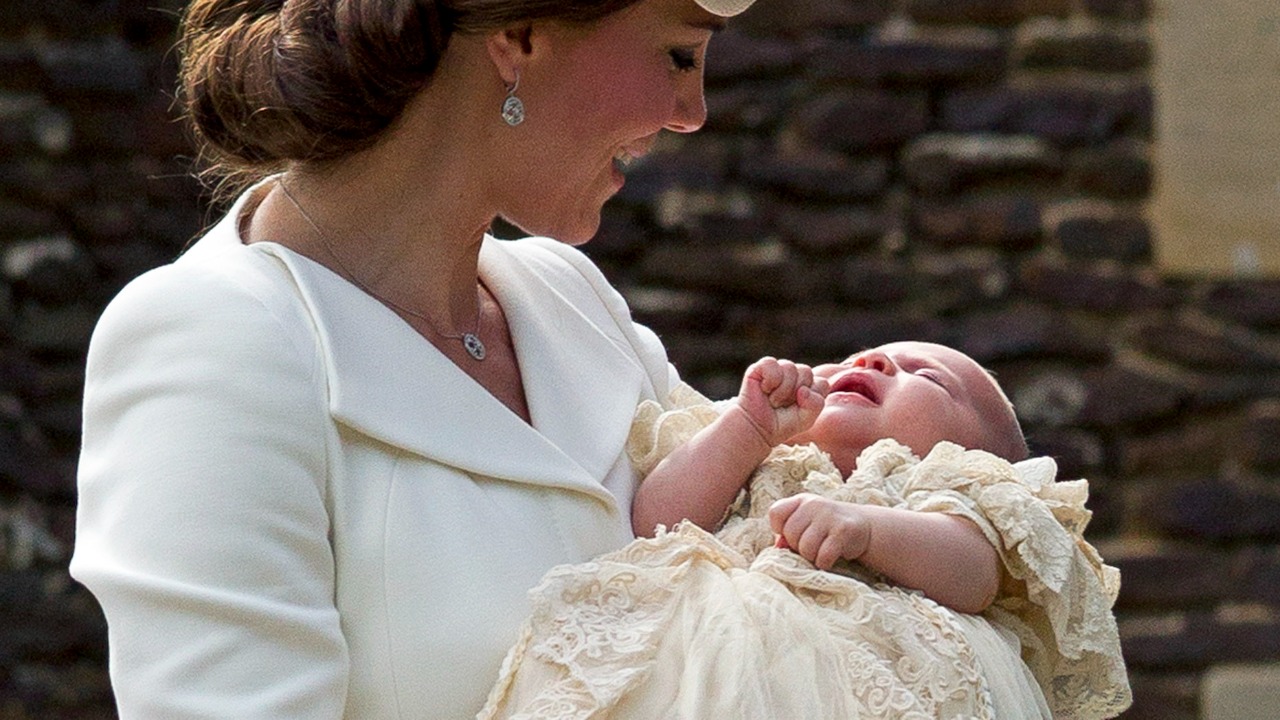
Have you ever noticed how all royal babies get baptized? Well, since the Queen is the Church of England’s leader, it makes sense. This basically means that any royal baby of the House of Windsor has to get christened. There’s also a baptism gown set aside for just such an occasion.
Breastfeeding

The tradition of breastfeeding newborn royals has actually changed over the years. Queen Victoria, reluctant mother that she was, chose against it and referred to it as a “repellent act.” More recent royals, on the other hand, are all for it. Ultimately, the only protocol seems to be that there is none and it’s up to the discretion of the mommy.
Royal nannies
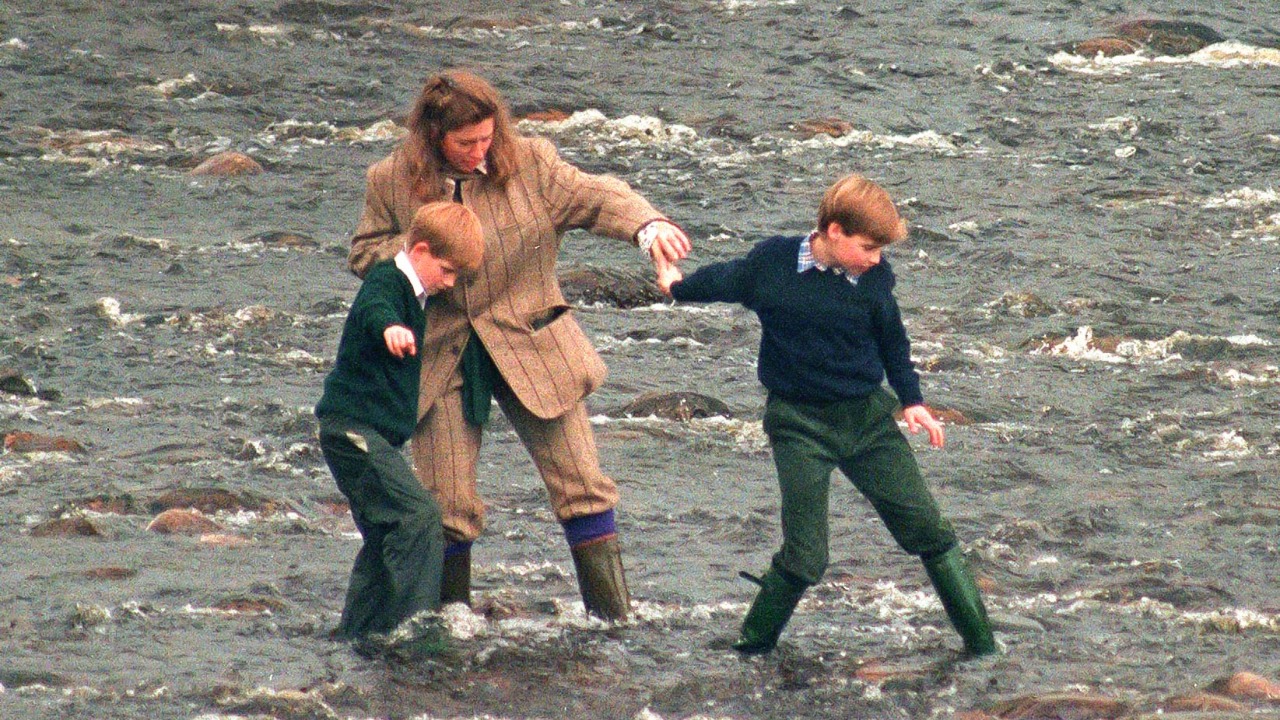
Being a royal is more work than you might think, and like any of us they can’t do everything themselves. That’s where the royal nannies come in, though they tend to stay out of the limelight. But they’re still a big part of the children’s lives, enough that the Duke and Duchess of Sussex named Archie’s nanny Tiggy Pettifer as one of his godparents.
No witchcraft
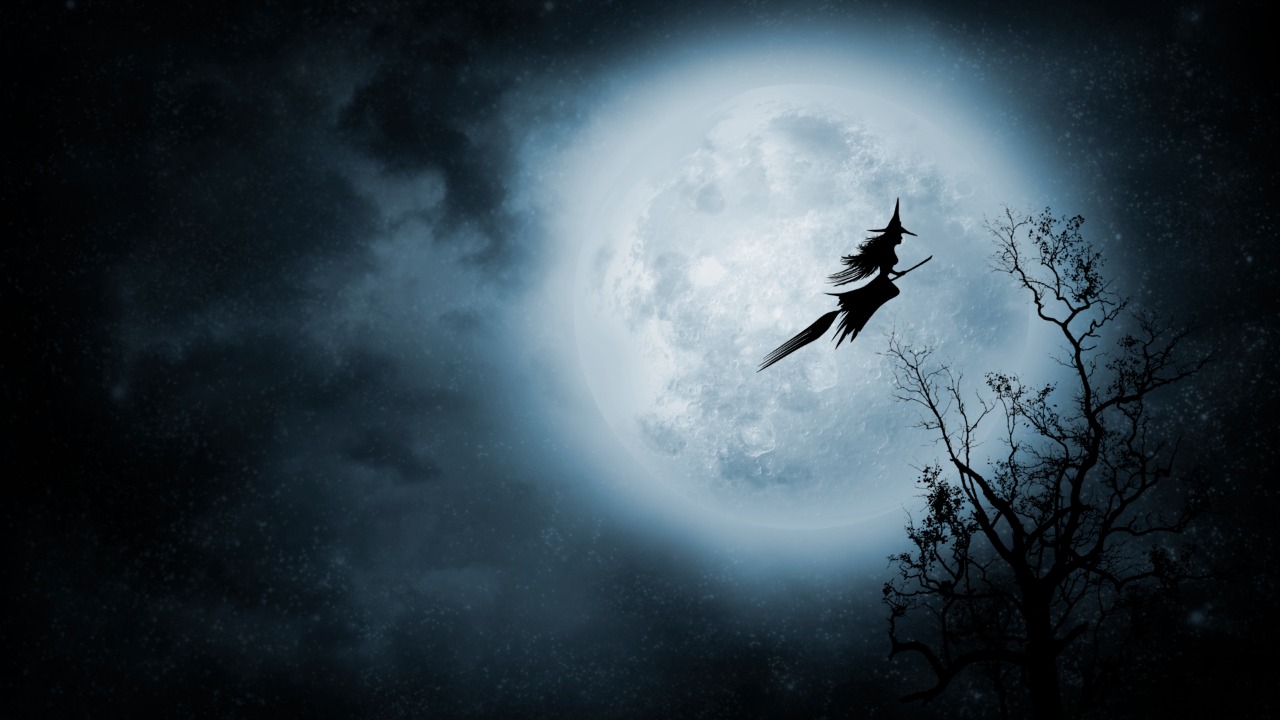
Modern life may be stressful, but at least you don’t generally have to worry about organ theft. Back in Tudor times, though, midwives had to swear they wouldn’t steal either the umbilical cord or placenta after birth. What would they do with these squishy souvenirs, you ask? Sell them? Oh no, the royal family were concerned they’d get used for witchcraft, of course. Luckily for Queen Elizabeth II, rules about witchcraft were far gone by the time she became a mother. But what’s more intriguing than the nonsensical rules she has to follow are the truly bizarre things she owns.

